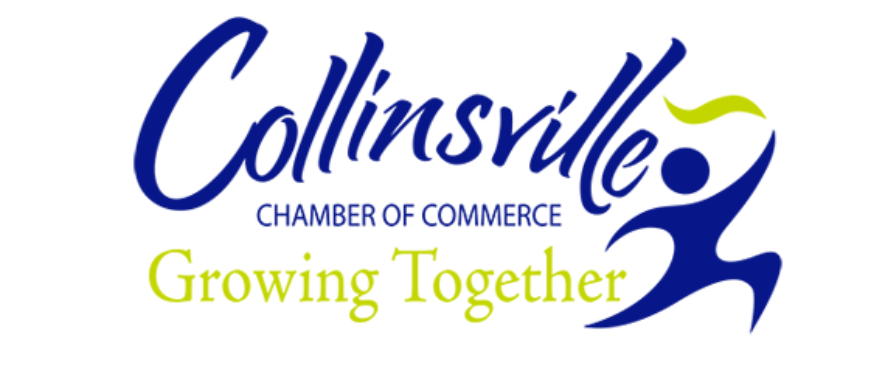![]() Think about planning a party?
Think about planning a party?
I would start with the customers first. Customers could be parents, Kids (Could be by name), neighbors, and friends. Then work on the quality outputs for the party with the specific customers in mind. One of the kids could have a birthday at the same time as your party and we need to know that info.
Outputs could be a chocolate cake, ends at 9pm, no cops are called for too much music, food, beer (temp, alcohol content, and brand), Other drinks and temperatures of the drinks, and more.
The process is the steps in which the party will happen. First 30 minutes is social, then you give a grand speech, then we eat, then we play specific games, and then we let folks go home.
Inputs would be all the things needed to have the party. Could be at your house or a hotel, need a pool, outdoor cooker, Chars, bar stools, tables… it would be a big list for a big party.
Then we need to decide on the specific suppliers. Walmart or no Walmart, Sams, Liqueur store, Ice, DJ. This helps to get the entire team that is involved on the same page.
This is all built around – DMAIC.
DMAIC is the process of doing an improvement project. It is also called the scientific method of problem-solving. Here are some of the important questions to ask during a project:
- Which processes have the highest priority for improvement?
- What customer feedback supports this conclusion?
- What is the objective and scope of your project?
- What are the high-level inputs and outputs of your process?
- Where is the data?
- How is the process performed?
- What are the key process performance measures for this project?
- How does current performance compare to customer requirements?
- How trustworthy is your measurement system?
- What are the operational definitions of your performance measures?
- What are the value added and non-value added activities in the process?
- What is the state of workplace organization in the process?
- How much time and money will your efforts save the company?
- Where is the data?
- What are all the sources of variability in the process?
- Which sources of variability do you control and how?
- What are the key variables that affect the average and variation of the measures of performance? How do you know this?
- What are the relationships between the measures of performance (key process output variables or KPOVs) and the key input variables (KPIVs)?
- Where is the data?
- What settings for the inputs will improve and optimize the outputs?
- How will you communicate to stakeholders?
- Did you conduct a pilot implementation of your process improvements?
- How much improvement can you expect, and how did you estimate this?
- What could go wrong with a full-scale implementation?
- How can we simplify the process and error-proof it?
- How can we make the process more visual?
- What is the state of workplace organization in the process?
- What SOPs will you put in place to standardize the process?
- Where is the data?
- How will you maintain the gains from your process improvements?
- What is the plan for full-scale implementation?
- Who will own the process once the project is completed?
- How much time and money will your efforts save the company?
- What have you learned that can be applied in other areas?
- Where is the data?
Then we start thinking about the deliverables…
DMAIC phase deliverables
Note: These are typical deliverables by Gate. It is not an all-inclusive list, but a guide.
Define:
- SMART goal(s)
- Benchmark previous LSS projects
- Scope identified
- Voice of the Customer analysis
- SIPOC (primary/secondary metrics identified)
- Planned end date for overall project
- Planned completion dates for each gate
- Gate Approvers identified
- Team members identified
- Document in a project notebook
Measure:
- Measurement System Analysis/Data Trustworthiness
- Baseline values for metrics, revise goal if needed
- Process Flow (may need 5S, before/after pictures)
- Exec Summary created
- Estimate savings, get Finance buy-in
- Document in a project notebook
Analyze:
- Cause & Effect Analysis or 5 Whys
- Identify value-added and non-value-added activity
- Quantify input-output relationships
- Other graphical tools as needed (e.g., Pareto, histogram, run chart)
- Document in a project notebook
Improve:
- Test pilot solutions
- Objective evidence of improvement (before and after, hypothesis test)
- 5S
- SOPs/Standardized Work Chart
- Stakeholder communication plan
- Full-scale implementation plan for solution
- Mistake-proofing
- Risk assessment
- Document in a project notebook
Control:
- Process Owner identified
- Control plan (what to measure, how and how frequently to measure, contingencies when things go wrong)
- Exec Summary updated
- Report out to Champion/Finance on results
- Document in a project notebook
- Mark calendar to do a follow-up audit 6 months later
The questions you will have asked take most folks a year to get their heads around. the content of this post is too deep to go over in just one day contact us and we will be able to touch on each of them.



